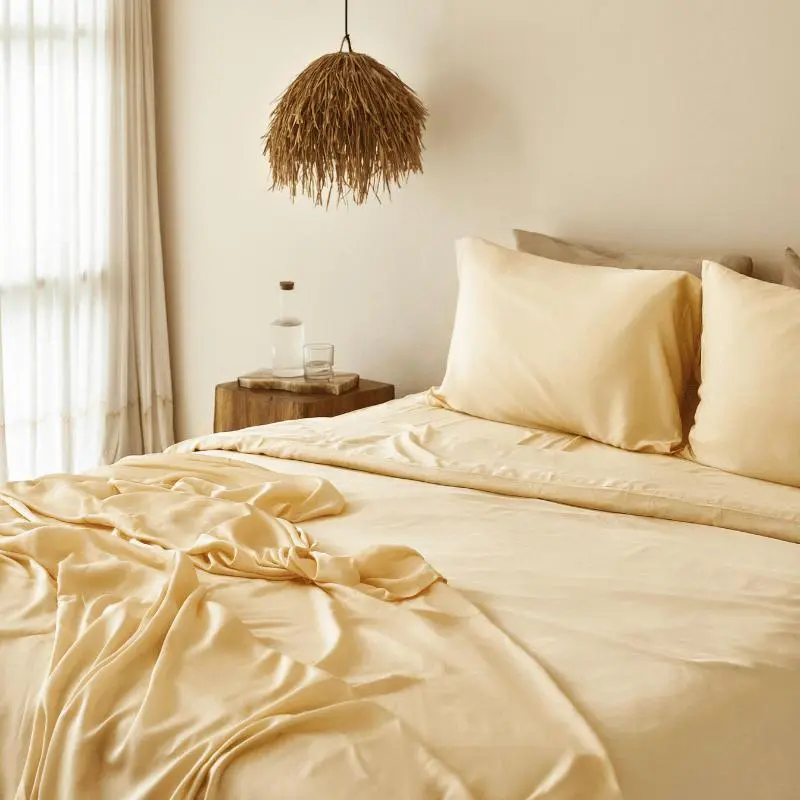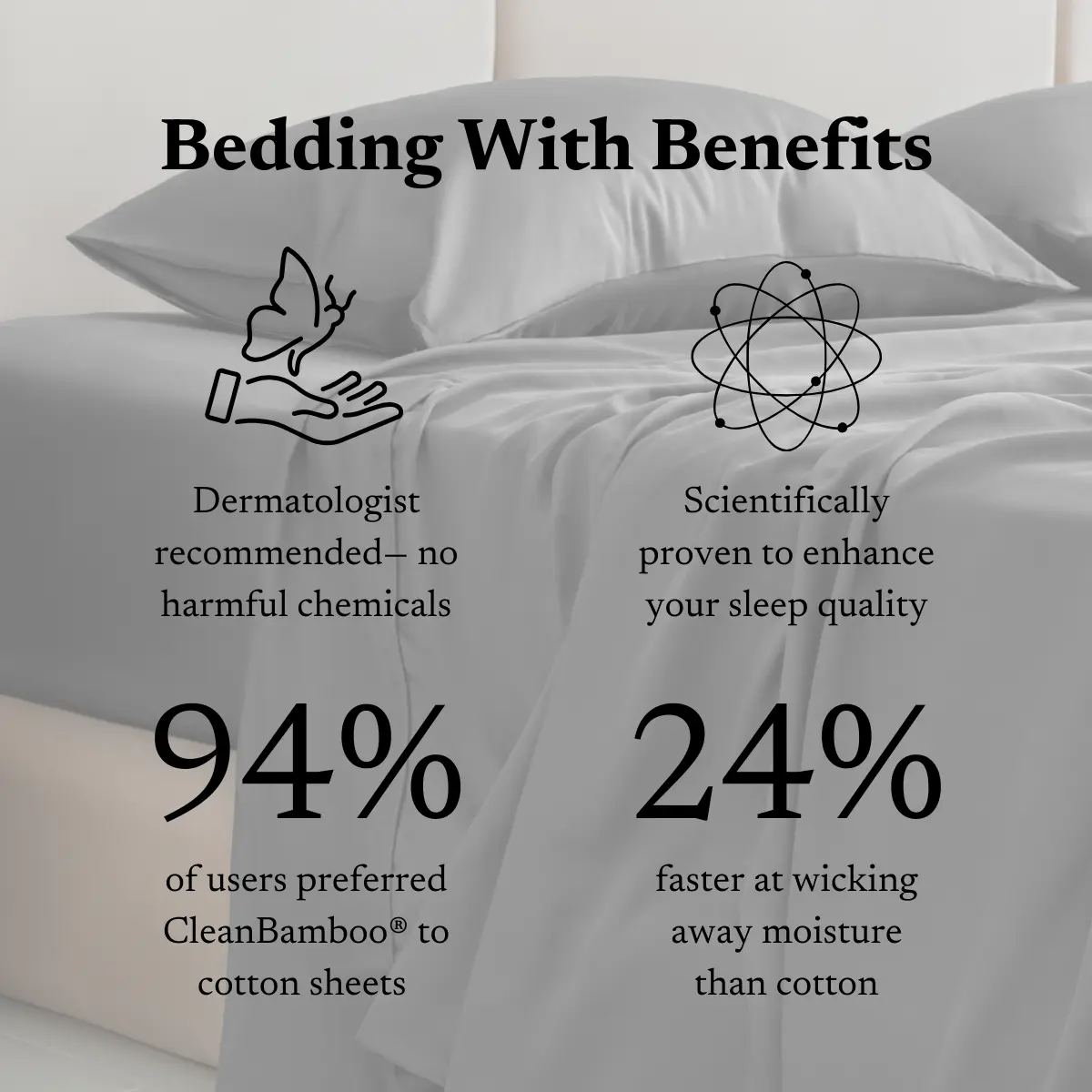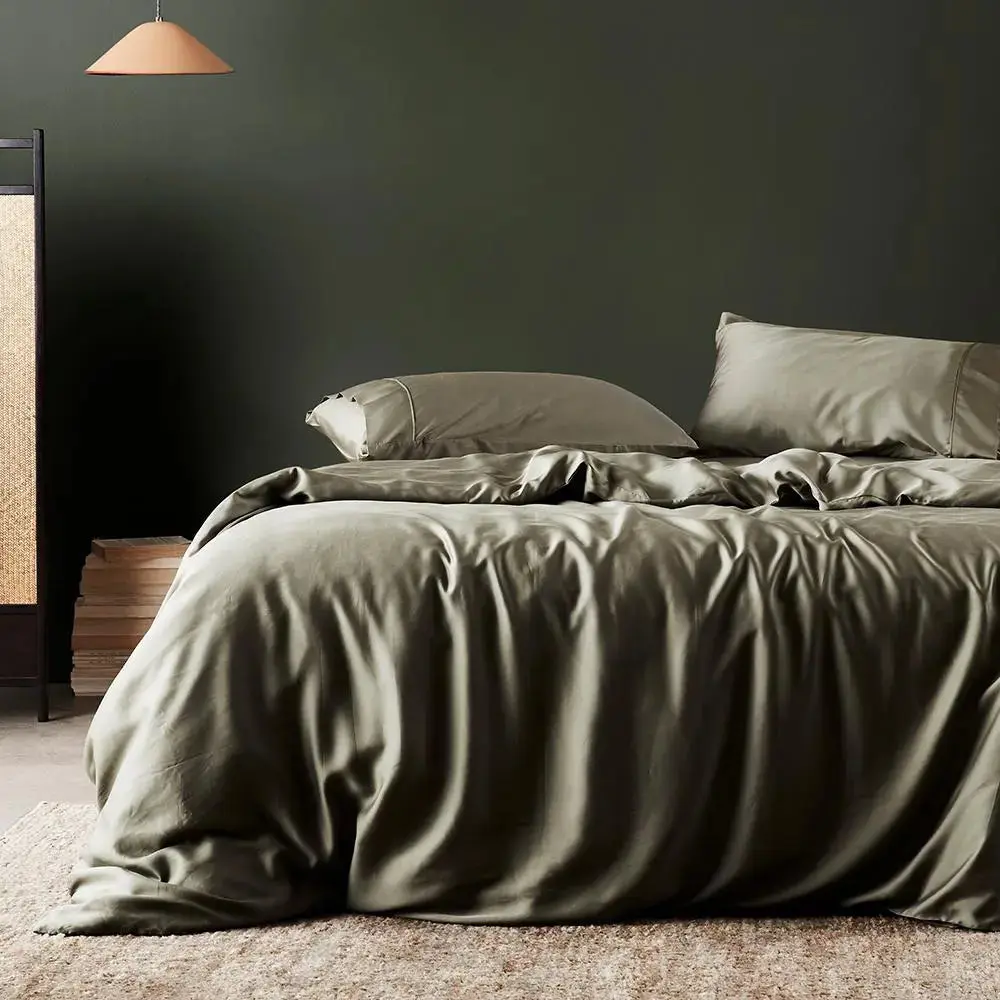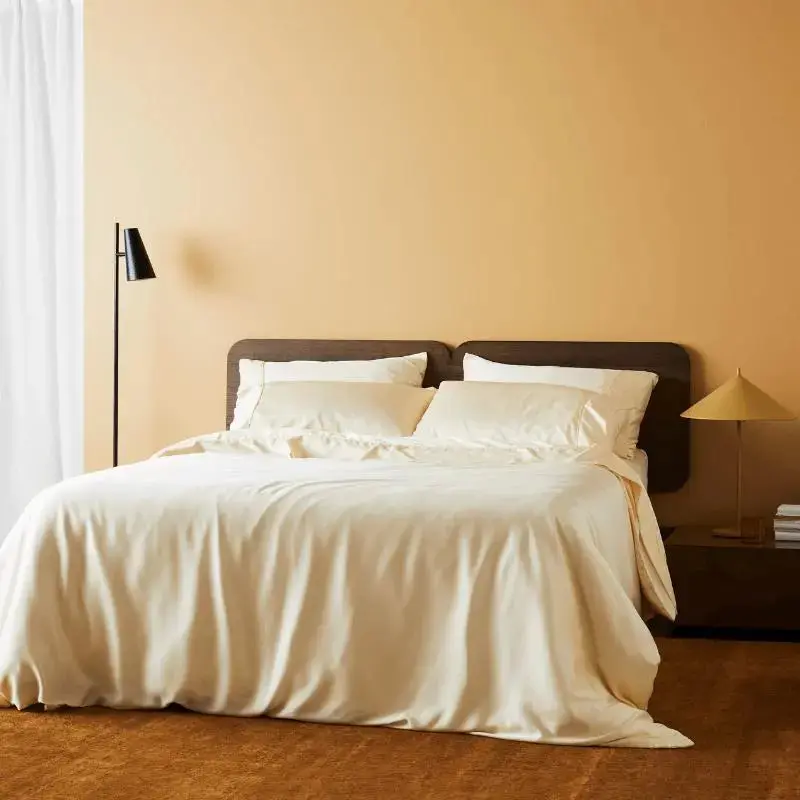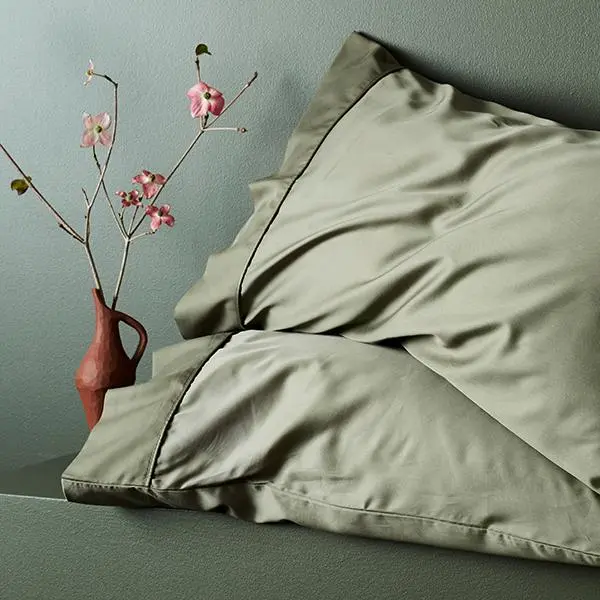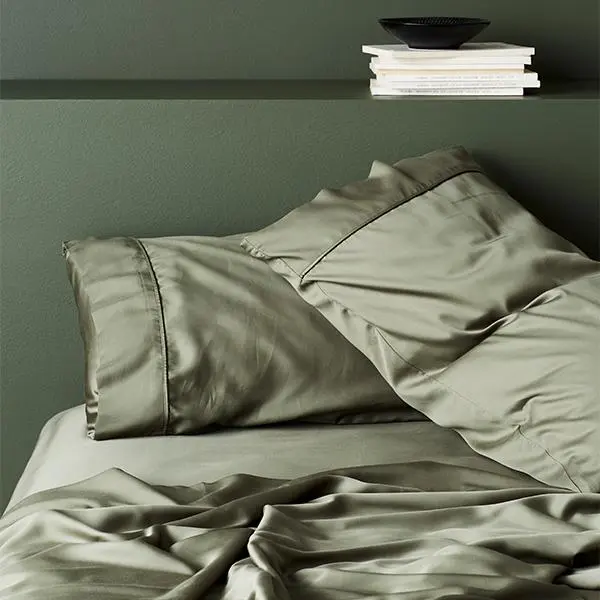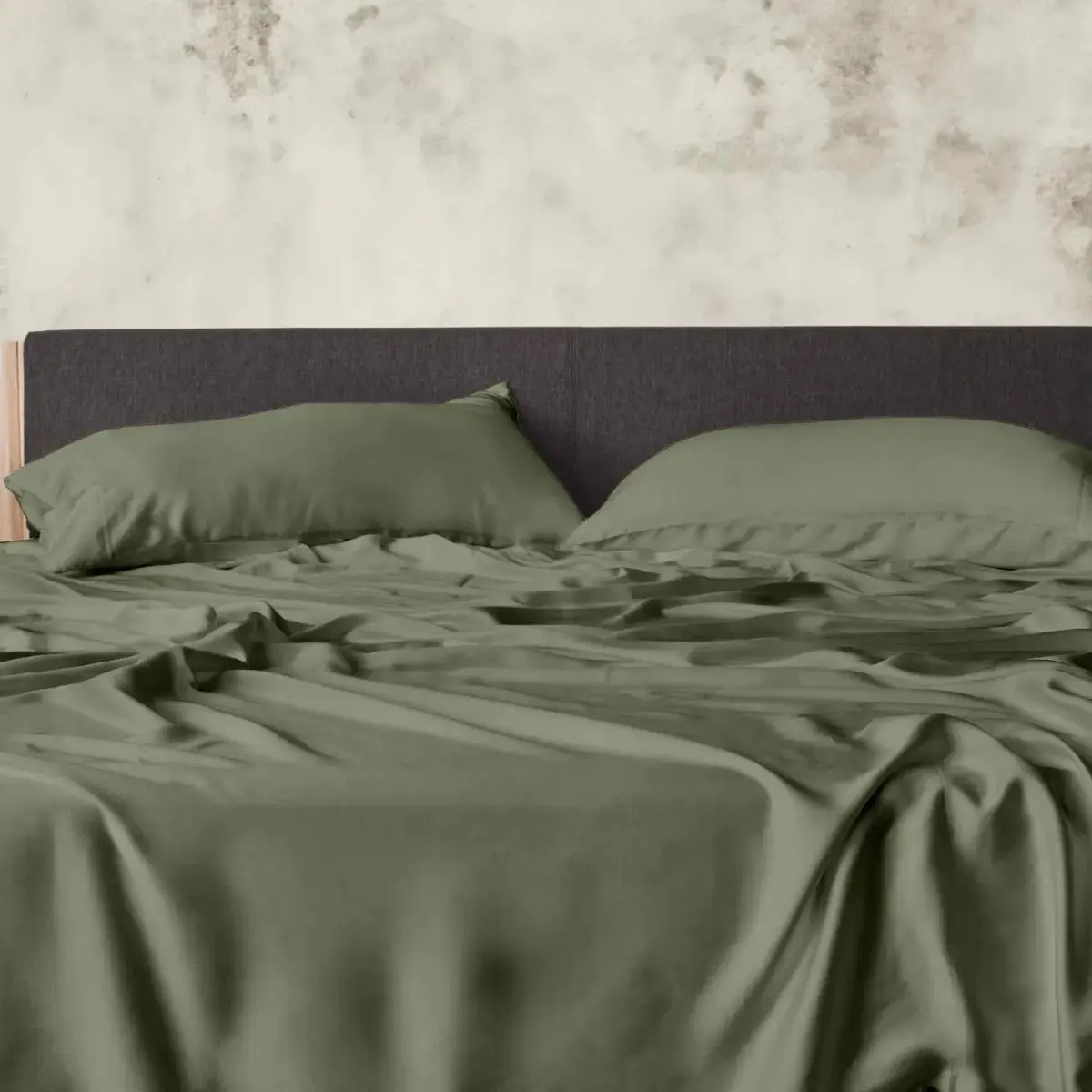Many people believe that organic cotton is the best choice for sustainable bedding. However, organic cotton still comes with significant environmental costs. Despite being better for the environment than conventional cotton, organic cotton still requires substantial water and land for cultivation, leading to significant environmental impacts.
The Hidden Costs of Organic Cotton
Organic cotton is a lower-impact crop than conventionally grown cotton in many respects. It has the potential to eschew synthetic herbicides and other pesticides, contributing to better soil health, primarily when regenerative farming practices are employed. However, organic cotton has many hidden costs you need to be aware of.
-
Low yield: organic cotton crops typically yield less than their conventional counterparts. The New York Times estimated it's about 28% less on average; the lower yields are also the reason for the price differences. Therefore, organic cotton can require more land, water, and energy to supply the same amount of material as a conventional crop, resulting in higher greenhouse gas emissions. While organic cotton has lower adverse environmental effects caused by pesticides and fertilizers, it will have more extensive land and water footprints per bale because of lower yields.
- Water Consumption: Cotton is one of the most water-intensive crops, even for organic varieties.
- Land Use: Organic cotton farming demands significant amounts of agricultural land, which can lead to deforestation and loss of biodiversity.
- Chemical Use: While organic cotton avoids synthetic pesticides and fertilizers, it often involves natural pesticides that can impact local ecosystems.
- Murky supply chain: When it comes to assessing the ecological impact of cotton, the key is traceability. Where is your cotton coming from? How is the cotton grown? From which country and which farm? These questions have become more pertinent in recent years as cotton supply chain wrongdoings have come under the microscope. Environmental misconduct has also made headlines, such as a recent report claiming cotton's contribution to deforestation in Brazil. But getting that information is often impossible unless you're buying traceable cotton. Beyond that, the credibility of certification practices in the organic cotton industry has come under scrutiny. In 2022, The New York Times reported that much of the so-called "organic cotton" exported from India—the world's largest single producer of the crop—may not be genuine.
Better Alternatives to Organic Cotton Bedding
Although organic cotton bedding may be less sustainable than you think, there are inspiring alternatives that can significantly reduce the environmental impact of your bedding choices, such as FSC and Ecocert-certified organically grown CleanBamboo® lyocell bedding.
Derived from abundant plant resources – organically grown bamboo, which grows faster than it can be harvested – ettitude’s proprietary CleanBamboo® fabric is made using a non-toxic, closed-loop system that uses 99% less water and emits 38% less CO2. Zero harsh chemicals, such as formaldehyde, pesticides and phthalates, are used in our textiles. CleanBamboo® fabrics are third-party (OEKO certified) validated as the sustainable choice.
What Happens After the Fabric is Made?
ettitude’s CleanBamboo® fabric is dyed using low-impact reactive dyes, which are healthier for you and the planet. This process from farm to finished product avoids all toxic chemicals typically used in bedding production.
ettitude uses this state-of-the-art renewable material for superior luxury, longest-lasting quality, and improved health benefits. Third-party testing has demonstrated that ettitude’s CleanBamboo® outperforms cotton, bamboo viscose, and Tencel not just in environmental impact but also in comfort and durability. The results of the tests, performed by Intertek, showed that CleanBamboo® had 24% better moisture-wicking, 17% more cooling, 51% more durability, and 17% better surface appearance after aging. That means a more comfortable, healthier sleep.
Together, we're turning over a new sheet— revitalizing a tired industry notorious for hitting snooze on ingenuity and sustainability. It's time to switch our sheets and shift our perspective to protect our planet.
